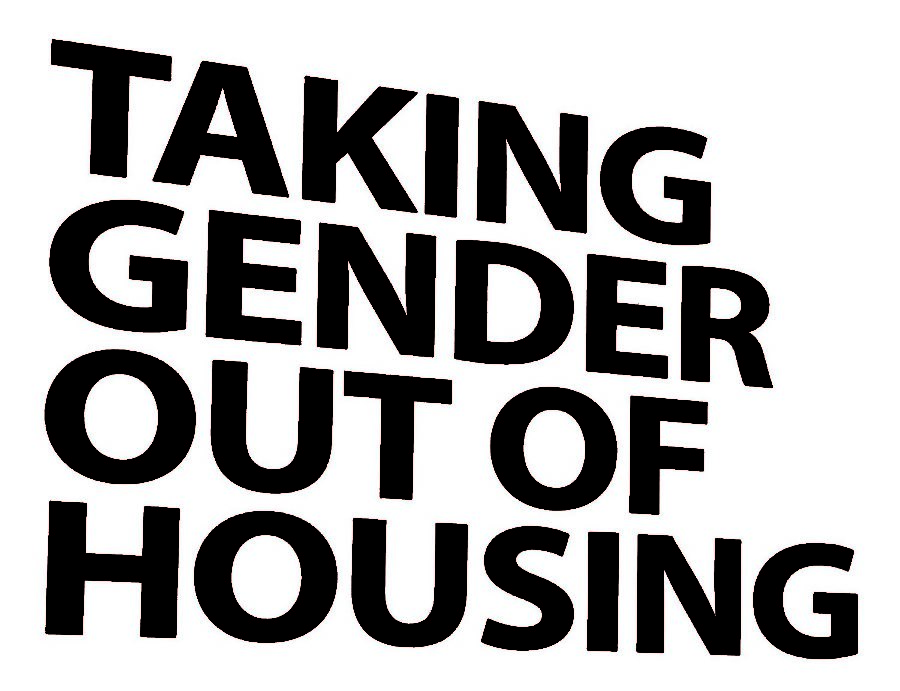First step: Gender inclusive floor is placed in Maple
Graphic Courtesy of Peter Lemken
spectrum typography
September 13, 2017
This semester, a gender inclusive floor was introduced as an option for students, primarily the LGBTQIA+ community. However, administrators are recognizing that the floor is one step in an entire journey.
“It took us too long,” Martino Harmon, vice president of Student Affairs, said. “I’m glad we made a step, but there’s a lot more walking to do.”
“Spectrum” was the best theme name that identified the gender inclusivity of who was welcome on the floor, which according to the website, is everyone. It’s supposed to help support the lesbian, gay, bisexual, transgender, queer, intersex and asexual community plus other identities (LGBTQIA+).
“To really be able to celebrate and enhance knowledge, that’s a space to do that in a residence where every day you can wake up and learn something new on a bulletin board or there are conversations happening in the hall that are really spurred around LGBTQIA+ knowledge, community, culture, identity, that’s really quite amazing,” Brad Freihoefer, director of The Center of LGBTQIA+ Student Success (The Center), said.
The theme house is different than learning communities, as it is not affiliated with an academic field, but still has learning quality outcomes.
“I categorize Spectrum as a theme house versus a learning community,” Kurt Earnest, coordinator for residence life, said. “I make that distinction because many of our learning communities have a connection to an academic program. In this case, the Spectrum-themed house does not have a connection to an academic partner. It does have a connection to the Dean of Students Office and it definitely has learning outcomes that students are engaging to achieve.”
The initial conversations of a gender inclusive floor came the fall of 2014. Students voiced their desire for a space that celebrated their community to the Department of Residence (DOR).
“We didn’t have communities that felt safe and welcoming for everybody,” Pete Englin, director of DOR, said. “For LGBTQIA+ community, we started investigating doing something gender inclusive.”
University of Iowa and University of Northern Iowa were on similar paths, with Iowa claiming it as “gender inclusive” and UNI calling it “all-gender” housing. DOR investigated other campuses and how they approached gender inclusive housing in order to model Iowa State’s.
The DOR worked with Student Government and the Inter-Residence Hall Association to include more voices on how the logistics could work. Maple was chosen as the ideal location due to their bathrooms already being gender neutral.
While the other state universities were in similar situations, Iowa has a policy agreement that students must sign before moving into the floor. Iowa’s gender inclusive housing policy includes educating students on conduct violation actions, logistics such as room availability and communicating with roommates. Iowa State does not have a specific gender inclusive housing policy.
However, Iowa State does have some guidelines. The floor runs similar to other houses in DOR. They have floor meetings, attend events together (including some that are LGBTQIA+ specific), have guest speakers and have LGBTQIA+ specific groups that students can be involved in. Everyone is welcome to live in Spectrum, but this option is not intended for romantic partners who wish to live together according to the Spectrum’s website.
While some may say that gender inclusive housing should not be separate from other housing, Englin believes it’s vital. Some communities may not be welcoming of groups like LGBTQIA+ and people should be given an area for them to grow and meet.
“We are just not in a place where we are welcoming and affirming,” Englin said. “Most people are nice, respectful and caring. But, there are people in our community that aren’t.”
In a time of change, Englin hopes Spectrum provides a sanctuary for students.
“The whole idea of microaggressions and what marginalized folks deal with on a day-in-day-out basis, culturally we have a lot of things to unlearn,” Englin said. “In that process, why should we tell some folks, ‘why don’t you live in a space where you may not be welcomed, you may not feel safe.’ At least for now, why don’t we provide that space?”
The DOR and The Center collaborated on how to market the floor and encourage students to participate, without making them feel pressured to come out or keeping their success in mind.
“It’s more complicated than what most people would assume,” Englin said. “You’re really trying to be sensitive to the individual student’s journey and where they’re at and their comfort level.”
Englin addressed that the future steps for the DOR to be more inclusive are currently with their bathrooms. Six residence halls had bathroom renovations this past summer or will be having renovations in the upcoming summer.
“[The renovation] is to really provide privacy in the showers and in the toilets, but there are still community sinks,” Englin said. “In my conversations with our current students, they have a much higher comfort level with it.”
















